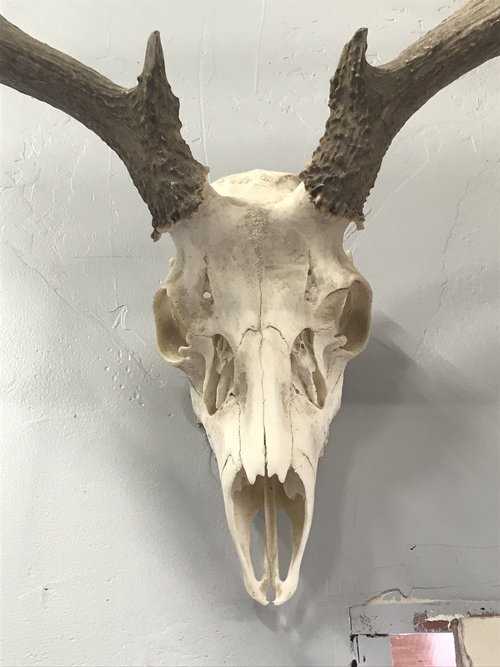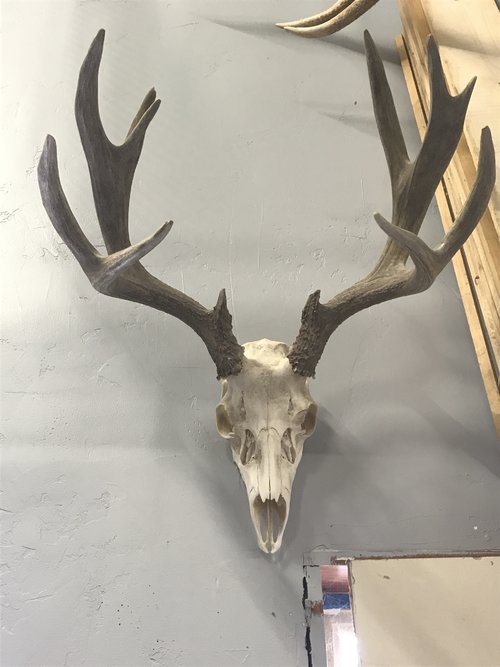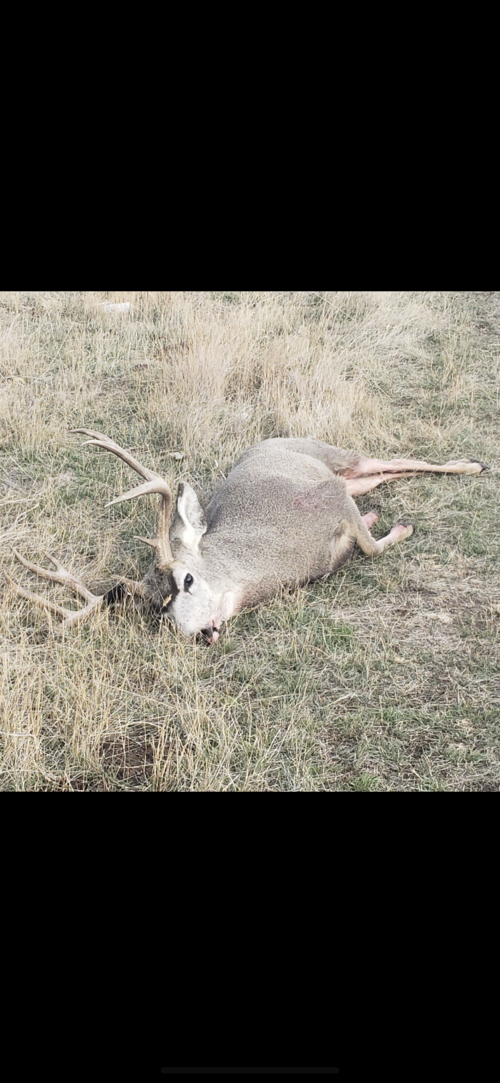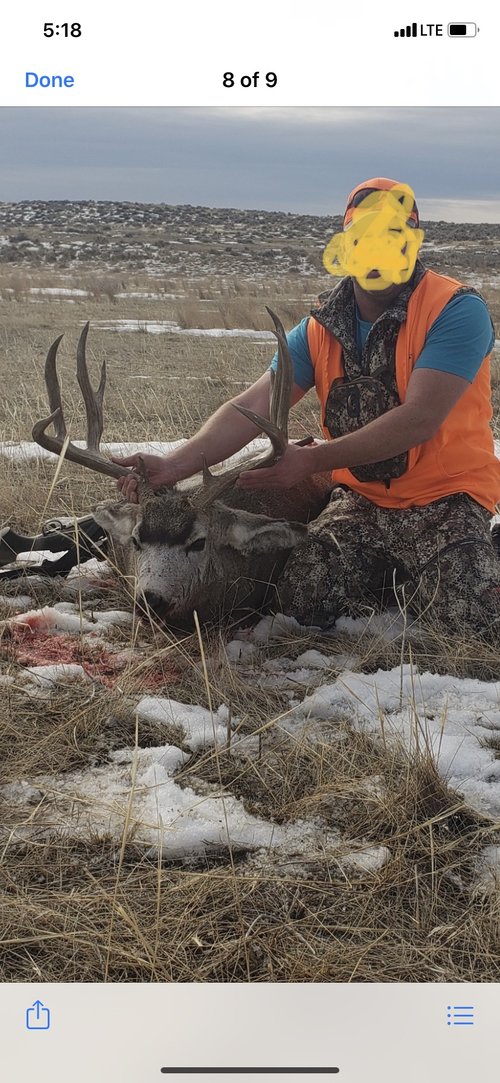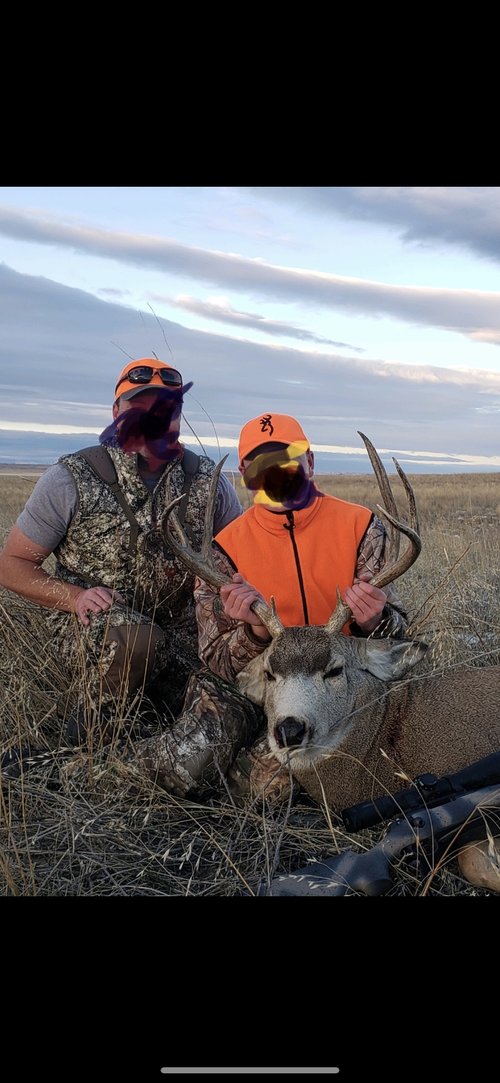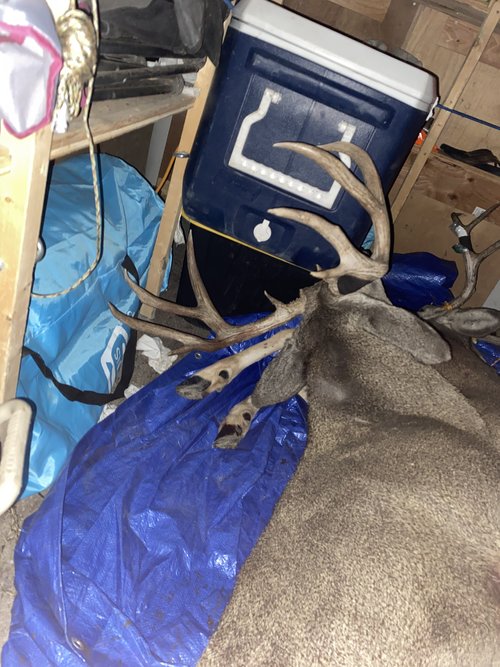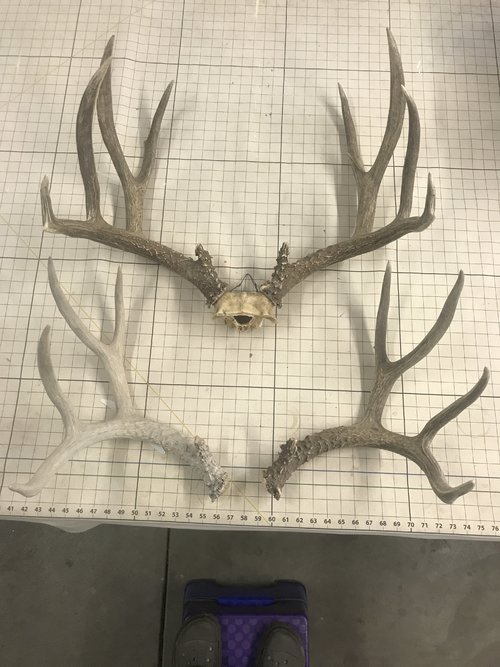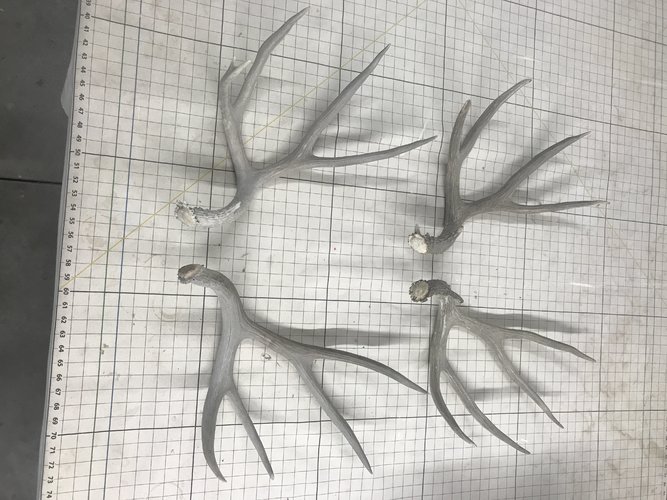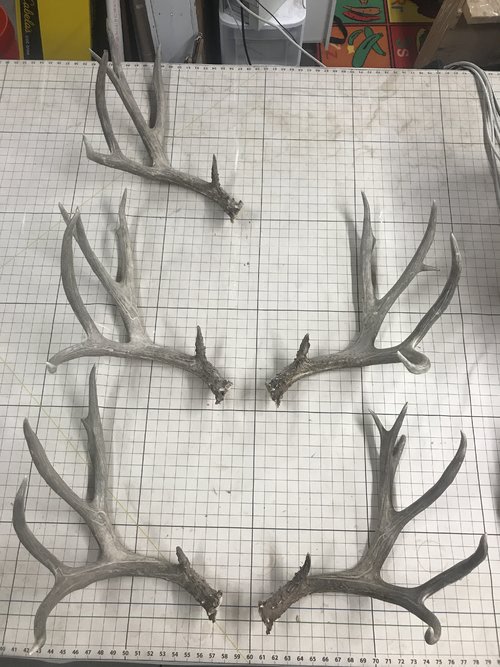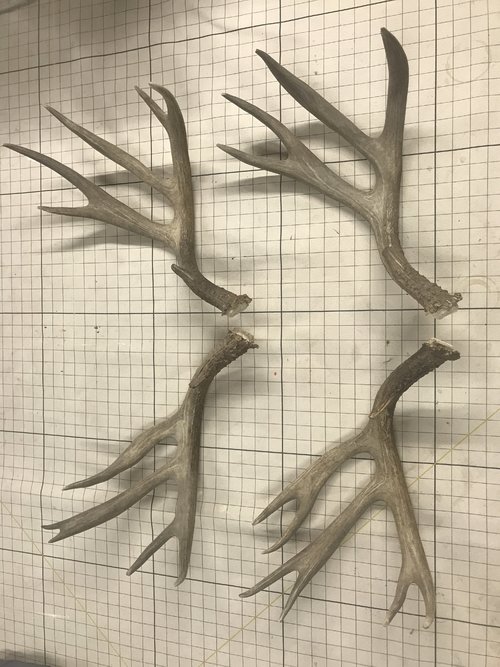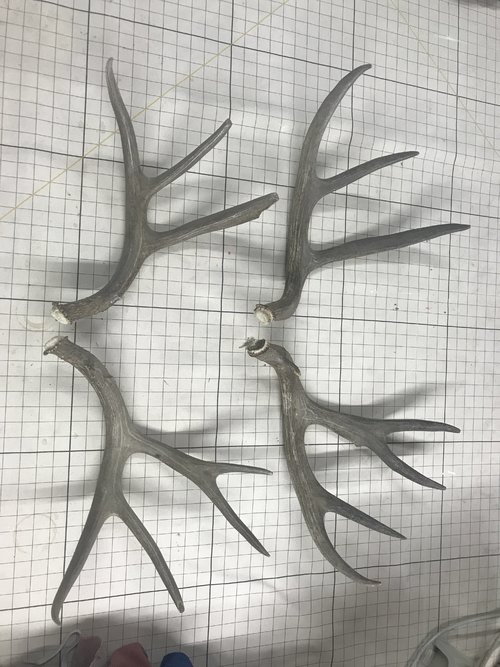WyoDoug
Well-known member
Hard to tell. Lab aging would be more accurate based on centum growth on the teeth. But I am guessing older than 3.5. Past that, it's near impossible to tell from physical features once you pass that age. Older bucks have been found with smaller racks and that and even not much bulk in body size due to genetics or habitat.




